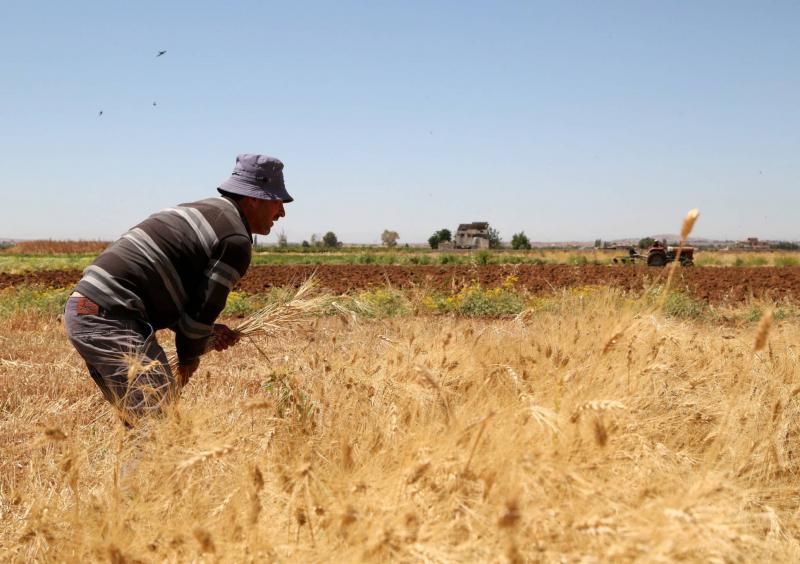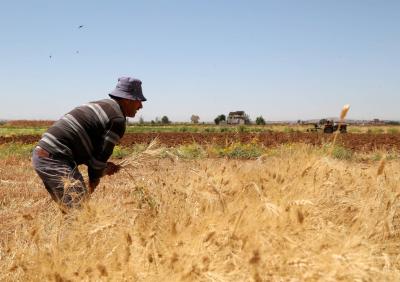As the conflict and unprecedented tension between Russia and the West intensify, gas prices in Europe have notably surged, particularly after Germany announced a suspension of the approval for the "Nord Stream 2" gas project, alongside U.S. officials asserting that this pipeline will never operate. Meanwhile, crude oil prices approached $100 per barrel after Moscow ordered the deployment of troops in two separatist regions in Eastern Ukraine.
**Oil and Gas Flow**
However, a senior U.S. State Department official confirmed, according to Reuters, that nothing currently happening on the ground in Ukraine threatens the flow of oil and gas to global markets. The official added that the sanctions imposed by President Biden's administration on Russia are not intended to disrupt global energy markets and are unlikely to cause such an effect. Conversely, some economists warn that the world may face one of the worst scenarios akin to the 1970s crisis, when supplies of natural gas, oil, and other raw materials were hindered at a time of rising global demand.
But what is the significance of Russia and Ukraine, particularly the Donbas region, in this context?
**Nord Stream 2 Pipeline**
The Nord Stream 1 and 2 pipelines are modern pipelines running under the Baltic Sea to transport Russian gas to Germany, after having previously only been transported through land pipelines that also run through Ukraine and Poland. When the Soviet Union collapsed, Russia retained one of the largest gas reserves in the world, leaving Ukraine with merely the land pipelines to transport gas. However, "Nord Stream," extending from western Russia, has emerged in recent years to disturb Kyiv and simultaneously serves as a key bargaining chip for the West to deter any potential Russian invasion of Ukraine. The construction of the Nord Stream 1 pipeline started in 2011 and was completed in 2012, whereas the construction of the Nord Stream 2 pipeline began in 2018 and was completed last year (2021). This project has faced criticism from several Eastern European countries as well as the United States. Once operational, Kyiv will lose 1.8 billion euros in "transit" fees that Moscow pays for using Ukrainian land pipelines to ship gas to the EU.
**Largest Coal Reserves**
Russia remains one of the main suppliers of gas to European countries despite the EU repeatedly emphasizing, amidst rising tensions with Moscow, that Europe is capable of seeking alternative gas sources! Alongside gas, the Donbas region, which includes the separatist areas of Luhansk and Donetsk that Russian troops entered yesterday (February 22, 2022), holds one of the largest coal reserves in Ukraine. It was one of the major centers of heavy industry in the former Soviet Union.
**What About Wheat?!**
In addition to coal, Ukrainian territories possess various natural resources of iron ore, oil, magnesium, timber, and more. Although these resources account for a relatively small share of global exports, any disruption in any of these sources, according to economic observers, could impact the global market, which has recently emerged from a lockdown crisis due to the pandemic that lasted for many months, as reported by The Wall Street Journal citing specialized economists. Wheat is another matter that could have implications for many countries in the Middle East that rely on Russian wheat. Russia is the world's third-largest wheat exporter after China and India, and several Arab countries, including Lebanon, Syria, and Sudan, depend on it.
In light of this situation, economists remain focused on the developments of the escalating conflict between the Kremlin and the West amidst uncertainty regarding the intentions of Russian President Vladimir Putin and how far he is willing to proceed with his plans against the western neighbor, Ukraine.




